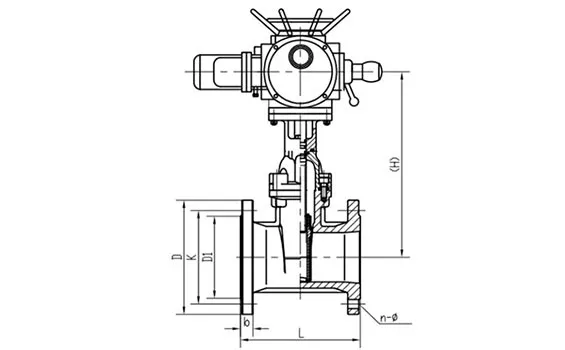Eyl . 08, 2024 10:12 Back to list
Precision Engineering Measuring Tools for Accurate Measurements
Engineering Measuring Tools Precision in Every Project
In the realm of engineering, precision is paramount. Every project, whether it’s constructing a skyscraper or designing intricate machinery, demands accurate measurements. To achieve this, engineers rely on a variety of measuring tools that serve different purposes and ensure that every dimension is spot on.
One of the most fundamental measuring tools in engineering is the ruler or measuring tape. These simple yet effective tools are essential for taking linear measurements. Often made from metal or flexible materials, a measuring tape can easily adapt to various shapes and sizes, making it perfect for both indoor and outdoor projects. Engineers must ensure that their measuring tapes are calibrated correctly to avoid errors in length, which can significantly affect the outcome of a project.
Calipers are another vital tool in the engineering field. They come in various forms, such as vernier, dial, and digital calipers, each offering precise measurements of internal and external dimensions and depths. Digital calipers, in particular, have gained popularity due to their ease of use and ability to provide instant readings, reducing the risk of human error. By utilizing calipers, engineers can achieve measurements down to decimals, crucial for projects requiring tight tolerances.
For even greater precision, engineers often turn to micrometers. These tools can measure thickness and small distances with an accuracy of one-thousandth of a millimeter. Micrometers are indispensable in fields like mechanical engineering, where the fit between components can affect the overall functionality of a machine. The ability to measure such minuscule dimensions ensures that parts fit together seamlessly without requiring excessive force, which could lead to wear and tear over time.
engineering measuring tools

In addition to these hand-held tools, engineers also utilize various electronic measuring devices, including laser distance meters and optical levels. Laser distance meters use laser technology to provide accurate distance measurements over long ranges, making them particularly beneficial in large-scale projects. Optical levels, on the other hand, are essential for surveying and constructing level surfaces, ensuring that buildings and structures are aligned correctly.
Another innovative tool in modern engineering is the 3D scanner, which allows for non-contact measurement of objects in three dimensions. This technology captures the physical dimensions of parts and assemblies, enabling reverse engineering and quality control. Through advanced software, engineers can analyze the data for discrepancies, ensuring that all parts meet design specifications.
The choice of measuring tools in engineering ultimately depends on the specific requirements of the project and the level of precision needed. While traditional tools like rulers and calipers remain important, advancements in technology offer engineers new ways to enhance accuracy and efficiency.
In conclusion, engineering measuring tools are critical to the success of any engineering project. From simple rulers to advanced laser scanners, each tool plays an essential role in ensuring every measurement is precise. As technology continues to evolve, engineers can expect even more innovative tools that will enhance their ability to deliver high-quality results on time and within budget. The future of engineering relies on precision, and these measuring devices are at the forefront of that promise.
-
Y Type Strainer Cleaning ProceduresNewsJul.02,2025
-
Welding Table Cast Iron Heat ResistanceNewsJul.02,2025
-
Spline Ring Gauge Roundness VerificationNewsJul.02,2025
-
Ring Gauge Set for Thread InspectionNewsJul.02,2025
-
Measurement Platform Surface FlatnessNewsJul.02,2025
-
Granite Box Thickness StandardsNewsJul.02,2025
Related PRODUCTS









